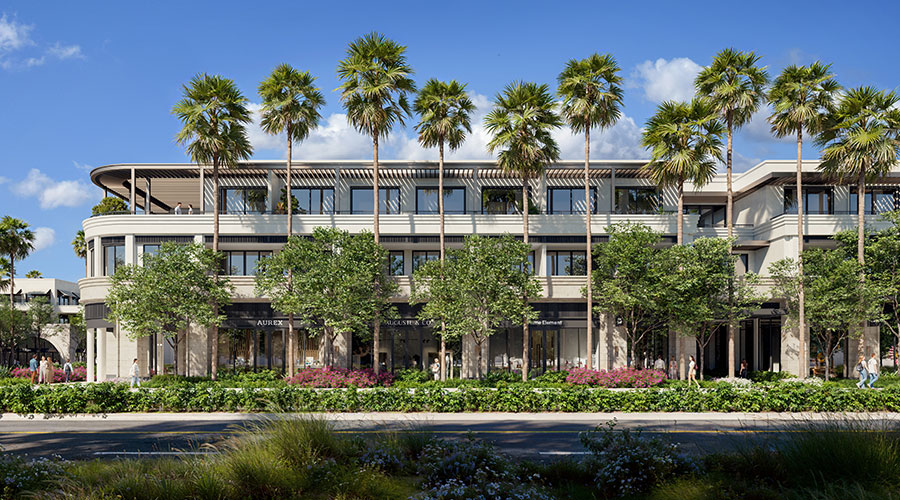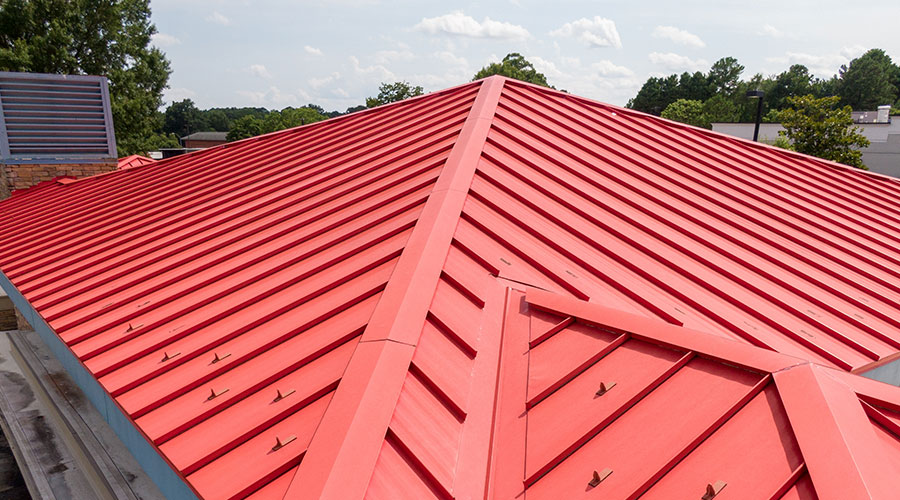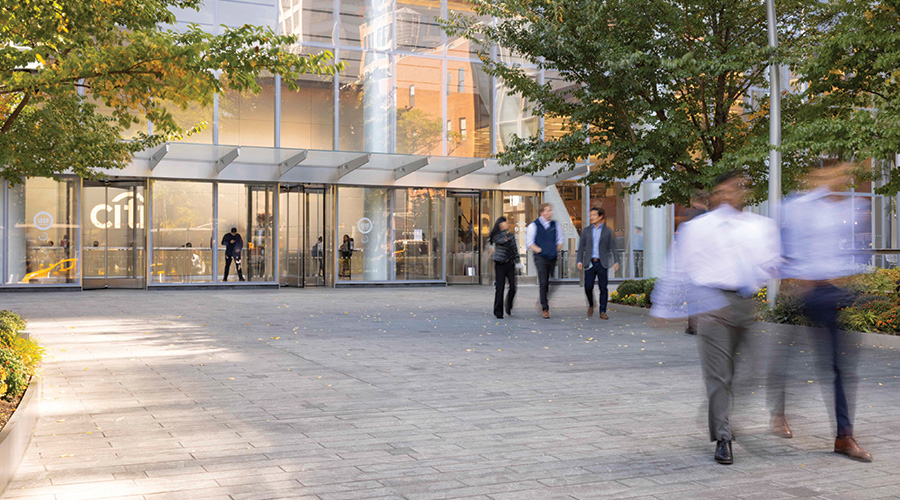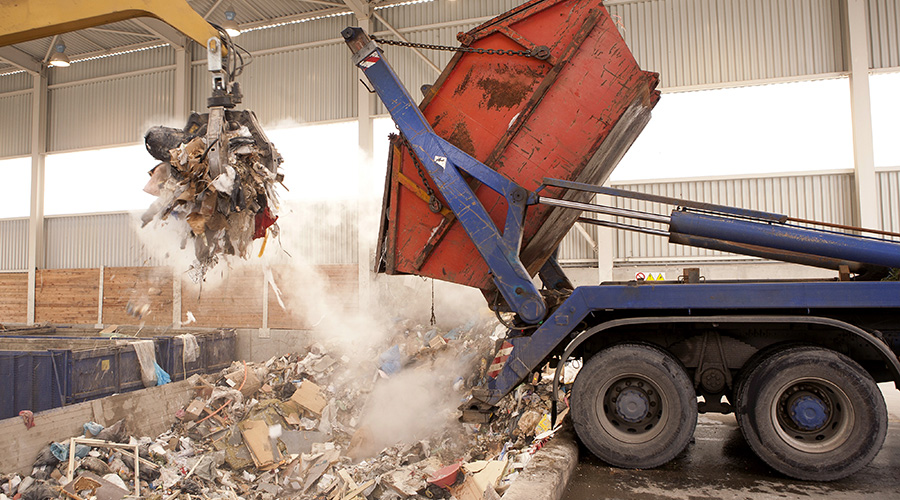USGBC's System Now Awards "Innovation in Design" Credits for Applying Cradle to Cradle Product Certification
The U.S. Green Building Council (USGBC) has announced that projects seeking certification under the Leadership and Energy and Environmental Design (LEED) Green Building Rating System can now earn "Innovation in Design" points by using the "Cradle to Cradle" program for certified building products, as well as products certified by other established systems.
The U.S. Green Building Council (USGBC) has announced that projects seeking certification under the Leadership and Energy and Environmental Design (LEED) Green Building Rating System can now earn "Innovation in Design" points by using the "Cradle to Cradle" program for certified building products, as well as products certified by other established systems.
Cradle to Cradle (C2C) assesses products on a number of criteria, such as the use of safe and healthy materials; design for material reuse and recycling; efficient use of energy and water throughout production; and instituting strategies for social responsibility. The Cradle to Cradle design paradigm was developed by William McDonough and Dr. Michael Braungart, and the certification program is administered by their firm, McDonough Braungart Design Chemistry (MBDC).
Innovation in Design points are awarded to LEED projects that develop new solutions, employ new technologies, educate, or realize exemplary performance in another area. USGBC pioneered the achievement of innovation points for using the criteria of the cradle to cradle program during the certification of its own new LEED Platinum headquarters in Washington, DC. While reviewing USGBC's submission, the Materials & Resources Technical Advisory Group noted that future projects could also pursue points for using other existing, established product certification programs.
"Awarding LEED innovation points for Cradle to Cradle LCA education is the latest example of USGBC's dedication to continuous improvement," says Tom Hicks, Vice President of LEED, USGBC. "C2C is in harmony with our guiding principle of reconciling human activities with nature, and cuts a trail for exciting new directions in LEED to address the impacts of materials in the building industry in a much more sophisticated scientific manner."
"We are delighted and honored the USGBC now recognizes MBDC's Cradle to CradleSM Certification program for LEED innovation credits. This helps expand LEED's environmental focus to what's being used, reused or recycled and not just on the amount of recycled content," says William McDonough, managing principal of MBDC.
With the publication of the "Credit Interpretation Review" of the Cradle to Cradle Innovation in Design award, USGBC is publishing all Innovation in Design Credits that have been awarded to LEED certified projects on the organizations Web site.
"The goal of the innovation in design category is to inspire new ideas and solutions," noted Scot Horst, chair of the LEED Steering Committee. "By sharing this information, we'll drive further innovations and help to advance the practice of green building."
Recognizing C2C in an Innovation and Design Credit complements the recent recommendations by USGBC's Life Cycle Assessment Group for incorporating life cycle assessment (LCA) into LEED. LCA is a scientific methodology that evaluates the environmental impact of a product throughout its life cycle, from the extraction of raw materials through processing, manufacture, installation, use, and ultimate disposal or recycling. In addition to examining a material's effect on the environment, C2C addresses human health and other impacts not directly addressed by LCA.
Related Topics:











